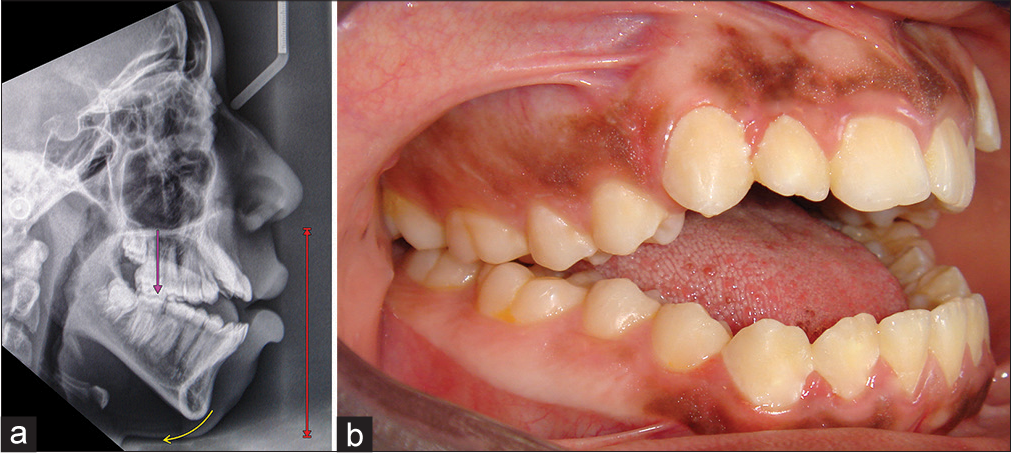

The backward Corsi block tapping is a slightly altered version of the original Corsi block tapping task. The Corsi block tapping task is used to test a variety of things including memory loss, testing of brain damaged patients, spatial memory, and nonverbal working memory. When the sequence to be recalled becomes longer than three or four items, central executive resources are used. Corsi blocks tasks with a normal forward order requires support from the visuospatial sketch pad, but not from the phonological loop. Whether able to perform the task well or not the ventrolateral prefrontal cortex is highly involved. So while humans may show encoding difficulty, this is not related to overall brain activation. An fMRI study involving subjects undergoing this test revealed that while the sequence length increases, general brain activity remains the same. This number is known as the Corsi Span, and average is about 5-6 for normal human subjects. It was based on the digit span task, but instead of the verbal form of the Digit Span, it required the use of visuo-spatial memory. The subject was required to point at the blocks in the order they were presented, or "tapped". Journal of Clinical Psychology, 28, 361.The Corsi block tapping task originated in the early 1970s as a set of 9 identical wooden blocks positioned on a board. Digit span in right and left hemiplegics. Weinberg, J., Diller, L., Gerstman, L., & Schulman, L. The Wechsler adult intelligence scale-III. Baltimore: Williams and Wilkins Corporation. The measurement and appraisal of adult intelligence (3rd ed.). The measurement and appraisal of adult intelligence (1st ed.). The measurement of intelligence: An explanation of and a complete guide for the use of the Stanford revision and extension of the Binet-Simon intelligence scale. Relation of forward and backward digit repetition to neurological impairment in children with learning disabilities. Measurements of short-term memory: A historical review. Archives of Clinical Neuropsychology, 12, 29–40. Forward and backward memory span should not be combined for clinical analysis. Separate digits tests: A brief history, a literature review, and a reexamination of the factor structure of the test of memory and learning (TOMAL).
#Backward digit span average plus#
The magical number seven, plus or minus two: Some limits on our capacity for processing information. The Clinical Neuropsychologist – Vascular Dementia Special Edition, 18, 83–100. From Binswanger’s disease to Leukoaraiosis: What we have learned about subcortical vascular dementia. Paper presented at the 44th annual meeting of the International Neuropsychological Society, Boston. Dissociating constructs underlying working memory in mild cognitive impairment: A competitive queuing analysis. Libon, D.J., Gifford, K., Holman, T., and Jefferson A.J. Alterations in working memory as a function of leukoaraiosis in dementia. Capacity to maintain mental set in dementia. The impact of region-specific leukoaraiosis on working memory deficits in dementia. San Antonio: The Psychological Corporation. The WAIS-R as a neuropsychological instrument. Kaplan, E., Fein, D., Morris, R., & Delis, D. Washington, DC: The American Psychological Association. Bryant (Eds.), Clinical neuropsychology and brain function: Research, measurement, and practice: Master lectures. A process approach to neuropsychological assessment.
#Backward digit span average serial#
Memory for serial order across domains: An overview of the literature and directions for future research. Mechanism in thought and morals: An address delivered before the phi Beta Kappa Society of Harvard University, June 29, 1870, with notes and afterthoughts. Memory: A contribution to experimental psychology (H. Cognitive and Behavioral Neurology, 17, 74–83.Įbbinghaus, H. Clock drawing errors in dementia: Neuropsychological and neuroanatomic considerations. Bower (Ed.), The psychology of learning and motivation: Advances in research and theory (Vol. Application des méthodes nouvelles au diagnostic du niveau intellectuel chez des enfants normaux et anormaux d’hospice et d’école primaire.


 0 kommentar(er)
0 kommentar(er)
